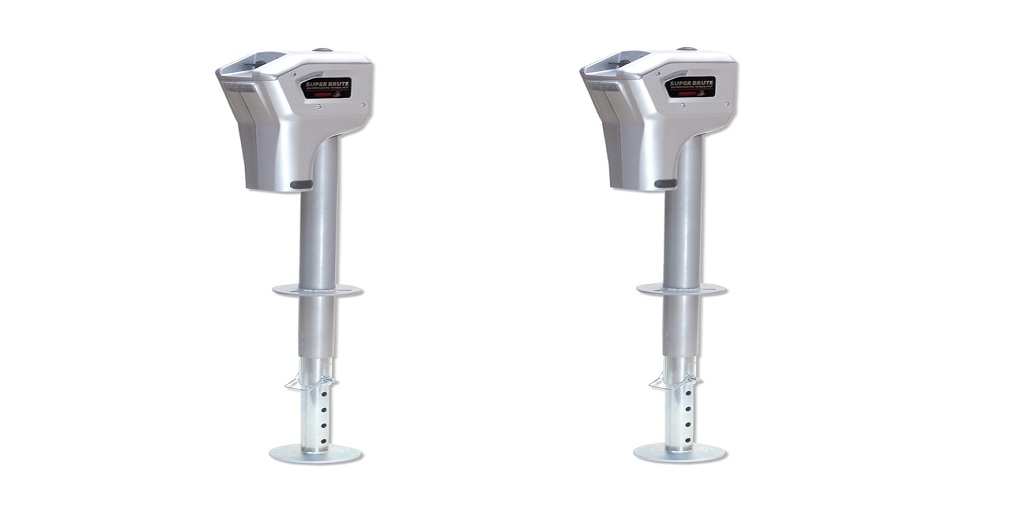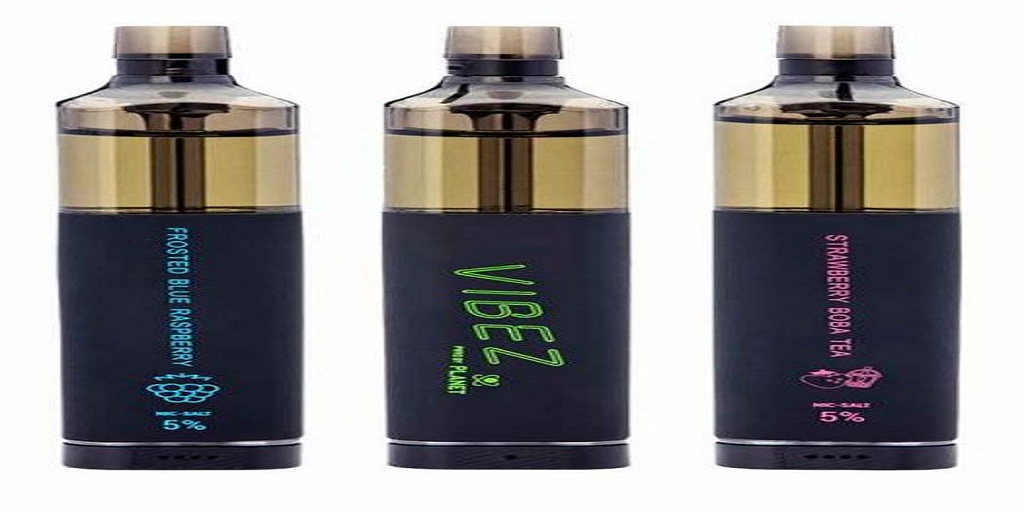The Garand is a legendary rifle, and not only because it had an illustrious service history that covered the entirety of the Second World War.
It’s also a highly reliable rifle, especially when properly cared for.
That being said, the M1 Garand is still a fine-tuned piece of equipment, and without the proper maintenance it will not operate; just like a car or any other autoloading firearm.
Failure to cycle is arguably the most common issue with M1 Garand rifles. If yours won’t, here are some of the top causes – and what M1 Garand parts are implicated.
– First things first – before you handle your Garand, pull the op rod fully to the rear and inspect the magazine and chamber. Both should be empty.
1. Deformed or undersized piston.
First, check the gas piston by removing the operating rod from the rifle. Remove the piston and inspect the face of the piston. It should be round; any deformities or flat “edges” around the circumference of the piston can cause it to jam or allow gas to escape which will not allow the rifle to cycle.
You can also measure the piston, as an undersized piston is a common problem. For optimal performance, the piston should be between .525” and .526”. If it’s undersized, buy and install a new one.
2. Occluded gas port.
Carbon fouling is another culprit that can make an M1 Garand fail to cycle or short stroke. The gas port, which is drilled into the side of the barrel, enables expanded gases to communicate with the gas system, cycling the rifle.
If the gas port is obstructed with fouling and won’t “vent” gas, then your rifle won’t cycle.
Fortunately, this is both an easy problem to diagnose and to fix. Remove the barrel and expose the gas port. You can use a metal pick or even a toothpick to check to see whether or not it is obstructed. If it is, use a pick to scrape out the fouling.
3. Fatigued operating rod spring.
The operating rod spring in your M1 Garand is basically a recoil spring. If it has fatigued, the rifle’s bolt will no longer be able to reset.
At the range, this is a relatively easy issue to diagnose. If your rifle fires and then the bolt cycles fully to the rear, ejecting the spent cartridge, but will not close fully, the culprit is probably a fatigued spring.
Fatigued or broken op rod springs are probably the most common cause of cycling failures in a Garand, making them one of the most commonly-replaced M1 Garand parts.
If this happens to you repeatedly, the best thing you can do is replace the op rod spring. They are relatively affordable and can get a slow-cycling or non-cycling rifle back to service pretty quickly.
4. Binding operating rod
The operating rod needs to be able to move back and forth freely in the tube that contains it. However, dents, dings, and rough surfaces where the op rod contacts the barrel and receiver group can cause it to bind.
With the springs removed but the op rod in place, tilt the rifle back and forth. The op rod should open and close under its own weight only. If it hangs up at a certain point, remove it and find the point of contact that’s creating friction.
You may not be able to tune the rifle yourself but this will give you a place to start work – or you can take it to a gunsmith to have it fixed.
M1 Garand Parts Online at SARCO, Inc.
Need a new op rod, op rod spring, gas piston, or bolt? Visit SARCO, Inc., online at SarcoInc.com. They carry a huge range of parts for antique rifles, including the legendary M1 Garand.
If you need M1 Garand parts, check SARCO, Inc., first. Visit their website or get in touch with them at 610-250-3960 for more information.












